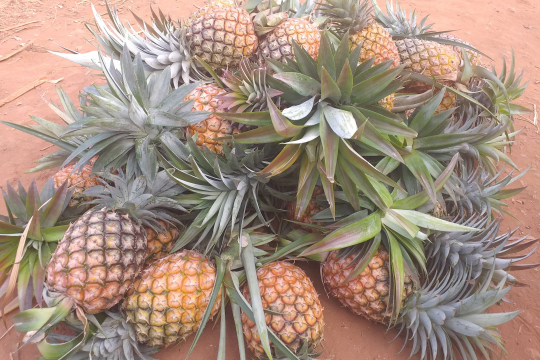To adapt is to survive. However, sub-Saharan Africa, although highly dependent on agriculture, is vulnerable, most affected, with low-adaptive capacity.
Luckily, the region is blessed with inherent adaptation-related strengths that are within reach, to counteract uncertainty in climatic patterns which are expected to continue well into the future. One such strength is a bimodal rainfall pattern that avails the ‘hidden’ multiple season-cropping systems that have the potential to produce four types of crops in a single plot in a single year: short-rains crops, long-rains crops, permanent crops, and fruit crops. Despite the burgeoning literature on adaptation, the impact of multiple season-cropping systems has not been adequately investigated. This study applies a novel approach to measure its impact on the productivity of more than 10,000 smallholder plots using an endogenous switching regression framework. The study finds that plots that adopt multiple season-cropping systems produce higher quantities, earn more crop revenue, and are less likely to be affected by rainfall variability in comparison to plots that engage in single season-cropping systems. As the fight against climate change continues, there is a need to move the needle on adaptation and consider strategies that are within reach. The multiple season-cropping systems provide this opportunity and emphasises the benefit of engaging in agriculture throughout the year and producing long-rains, short rains, permanent and fruit crops.



